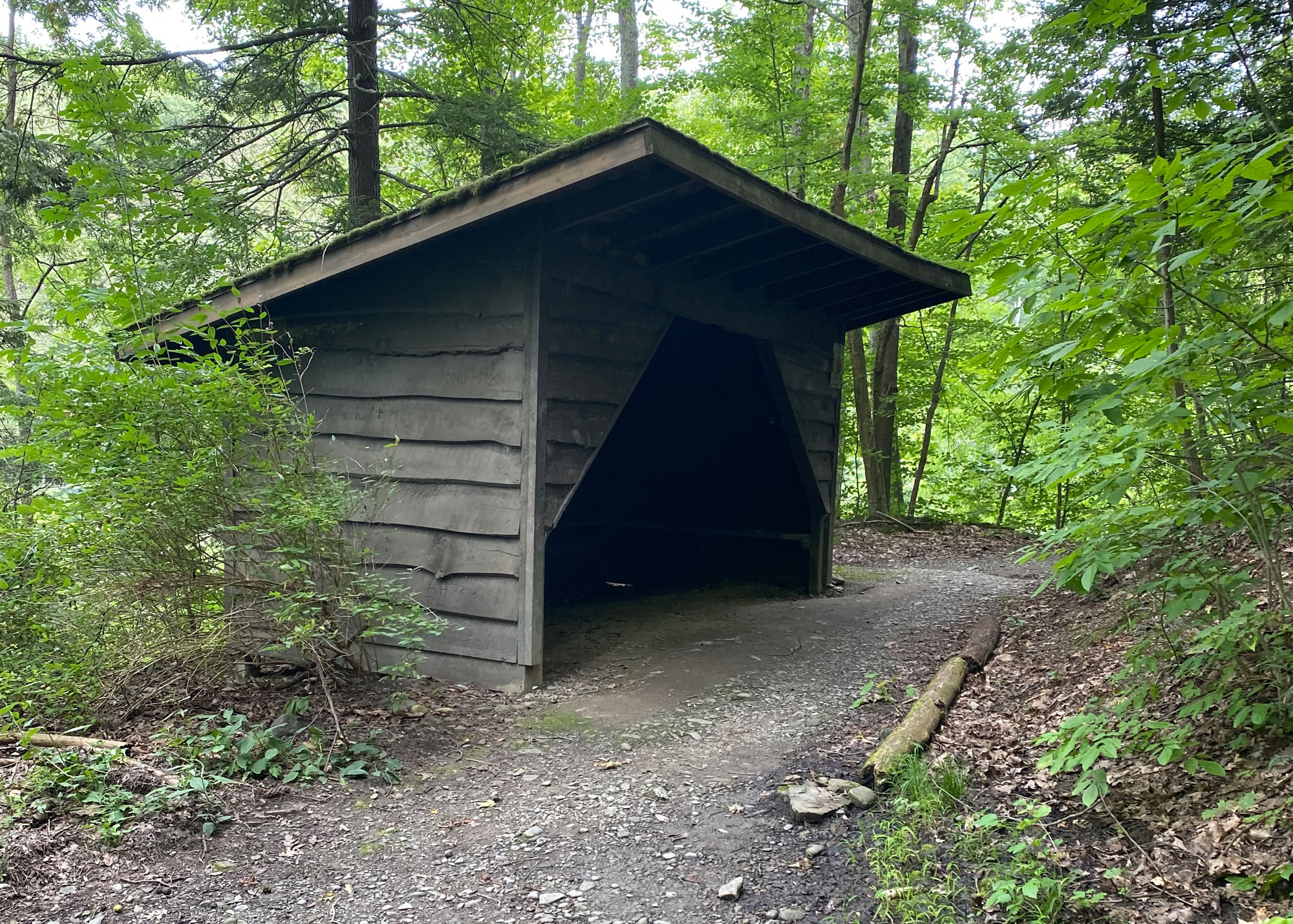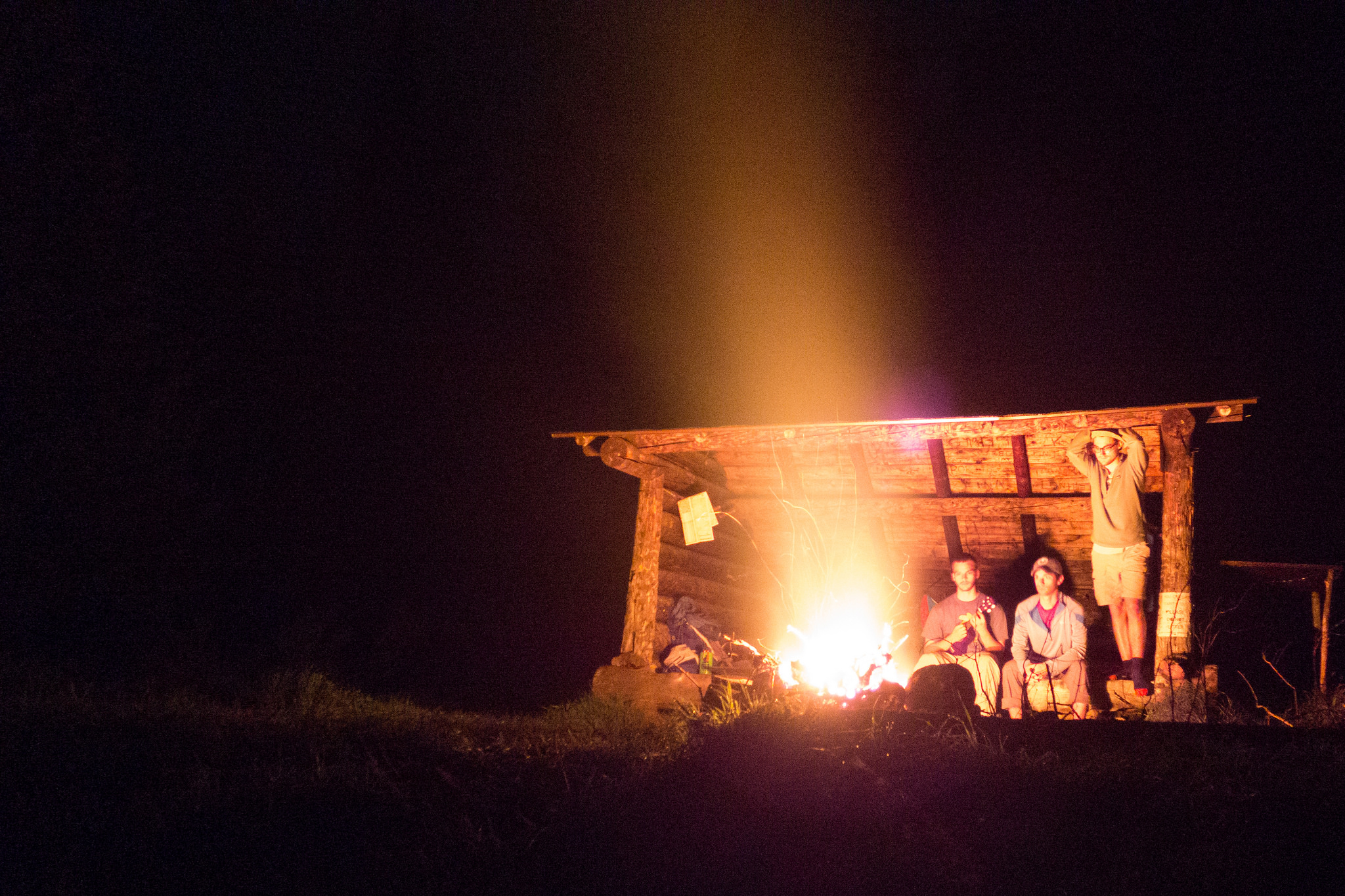Pick up a map of any major trail system, park, or wilderness, and odds are you’ll see shelter icons represented where overnight stays are permitted. Leantos are a brilliant way outdoor agencies and land managers have given access to the backcountry for those searching for more than a day hike. With three walls, a sturdy floor and roof, these woodland motels can feel luxurious after a day on trail. While being in the outdoors is enjoyable in and of itself, you also want to have a pleasurable stay at camp, and ensure that anyone else around or after you will as well. Whether if it’s your first or fifteenth stay in a leanto, here are some tips to brush up on before packing the bag and hiking out.

To Book or Not to Book
Planning is not to be underestimated when prepping for a backcountry trip. When it comes to a place where you’ll be sleeping, potentially miles away from your car, getting familiar with any rules or regulations shouldn’t be overlooked. As for leantos specifically, know which areas are better suited for a spontaneous trip, and others that may require any permits or reservations for overnight stays. In the Adirondack Mountains, leantos are available on a first-come, first-serve basis, usually holding eight people. Other areas like Baxter State Park require reservations for their front and backcountry campsites. Pro tip: Get ahead of your reservations. The more popular the nearby hiking destination or campground, the faster it will fill up!
Be a Guest
Remember as a child when you were learning to respect shared spaces, to treat places like you would in your own home? It’s unfortunate many don’t apply that in the outdoors, but it’s a practice worth keeping. For starters, don’t be tempted to inscribe your own initials or name among the several other insignias likely along the shelter walls. It’s doubtful any future backpackers will awe at your work, or respect the time it took you to do so. Practice your whittling skills outside of the leanto with a piece of dead wood, instead.
Additionally, some leantos may even have a small brush and dustpan hanging out in a corner. Provided with those tools, it shouldn’t take much for any dirt, excess twigs, or forest matter to be eliminated from the shelter before you leave. Any wrappers, containers, or other waste should be packed out. After all is said and done and the space you’re in is being cared for, think about those still on their way to be a guest that night. Spread out any sleeping gear with enough remaining space for other recreators to be comfortable. Walling off the open side of the leanto with a tarp or sheet is frowned upon most placed as well. Be proactive and limit your hiker footprint while actively in the shelter, so there’s less to worry about down the road.

Consider the Surrounding Spaces
While hikers should apply Leave No Trace ethics to all outdoor scenarios, it can be easy to fall into traps at camp that may leave the site compromised. If you’re approaching an area for the first time, it’s very possible previous guests could have left it unkept.
Pack out whatever you packed in for your overnight, ensuring no trash is left in and around the shelter (pay it forward by picking up other trash, too). If you’ll be having a fire in an established pit, gather wood from the ground or dead trees, and be sure to drown any embers with water once you’re finished. Most shelter sites will have a privy (an outhouse, essentially) for hiker use, and use it you should. If there isn’t one, maybe you brought a WAG (Waste Alleviation and Gelling) Bag and your waste can be packed out with you. If not, dig a cathole at least 200 feet away from any water source or trails and bury your business there. Such practices help maintain the backcountry integrity of these campsites, and can also prevent any unwanted creatures making their way towards your area.
Understand Tent Dos and Don’ts
If you’ve brought a tent to your leanto, don’t assume you’ll be using it. In some cases, setting up a tent within a leanto is strictly off-limits, and in others it simply isn’t considerate of the shared space. Even if it’s a cold and wintry evening and you feel most comfortable inside your tent, find a fitting surface within the campsite, next to the shelter. Also take into account any of your camping requirements that may lend to having your own space away from other hikers. Perhaps you’re a loud or stirring sleeper, have a canine companion, or are expecting more privacy than provided. In such instances, be prepared to go ahead with your tent; it’s OK to not be in the leanto if the circumstances say otherwise.
When it comes down to it, leantos are a vital part of a backcountry stay for many people. Unfortunately, these structures are susceptible to poor upkeep, accidents, and even removal. Unwatched fires are capable of sweeping up a leanto if the conditions call for it, and disregard for terrain or highly trafficked areas may lead to a shelter being relocated to a new site. Be sure to make the most of your time in the backcountry and have wonderful nights, but do your part as well for those to come after you’ve left.

Ethan Gresko
Ethan is a New York State native who enjoys day hikes between the Adirondacks and Hudson Valley, to the Finger Lakes. He loves the written word, is an aspiring 46er, and a firm believer that you have to go down before you go up!
Related Posts
April 2, 2024
10 Tips for Mountain Biking Etiquette During Mud Season
One rough spring could ruin the…




